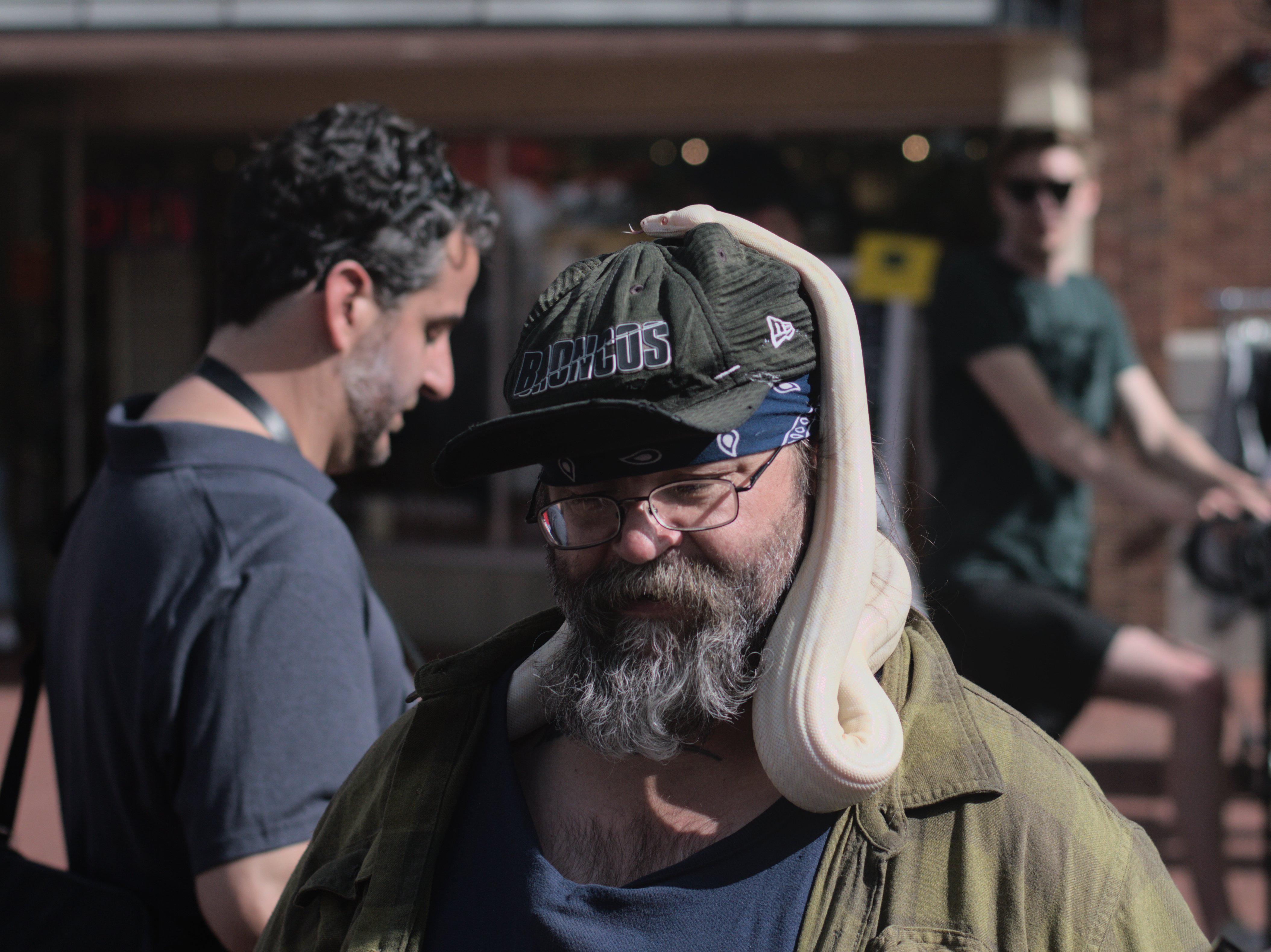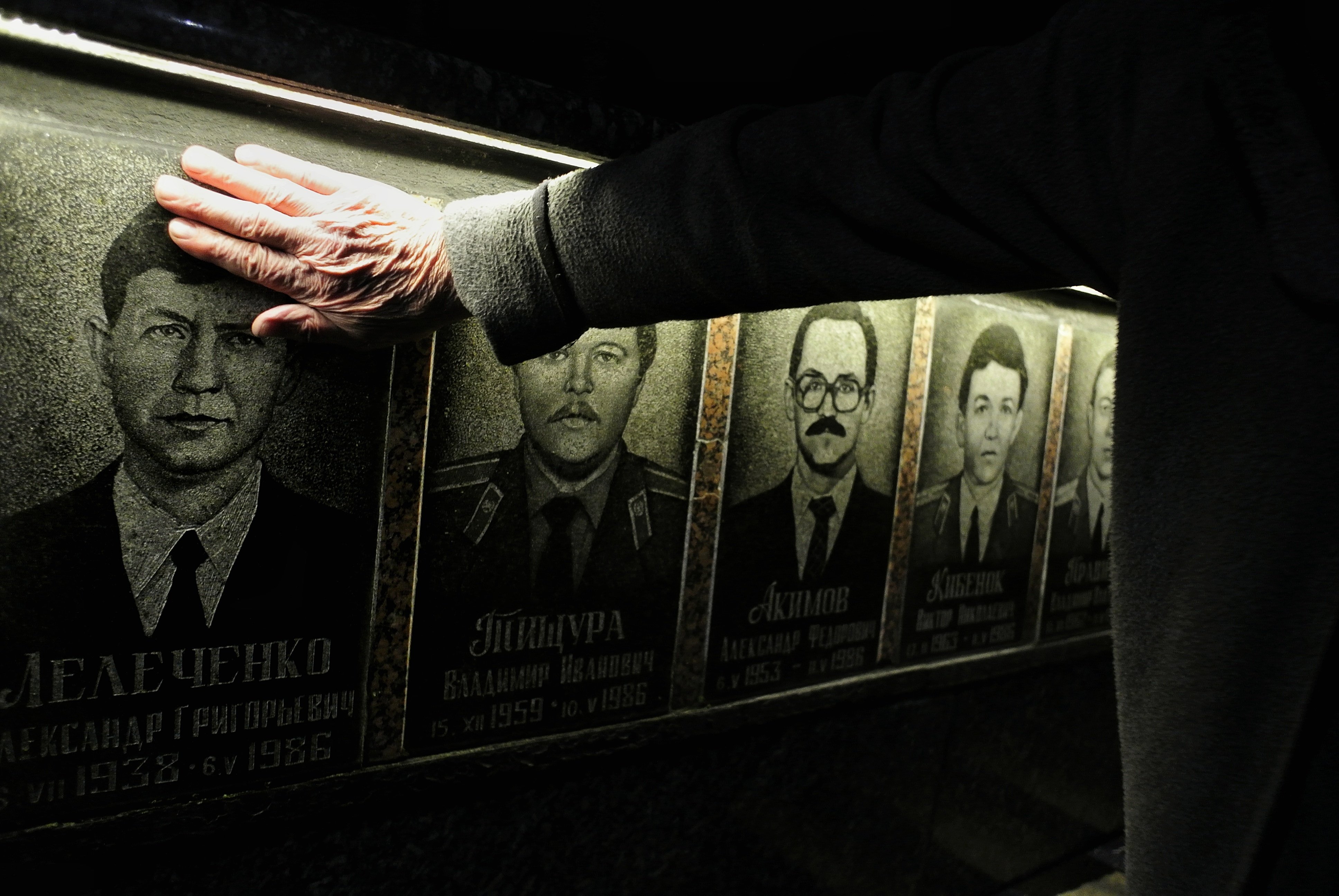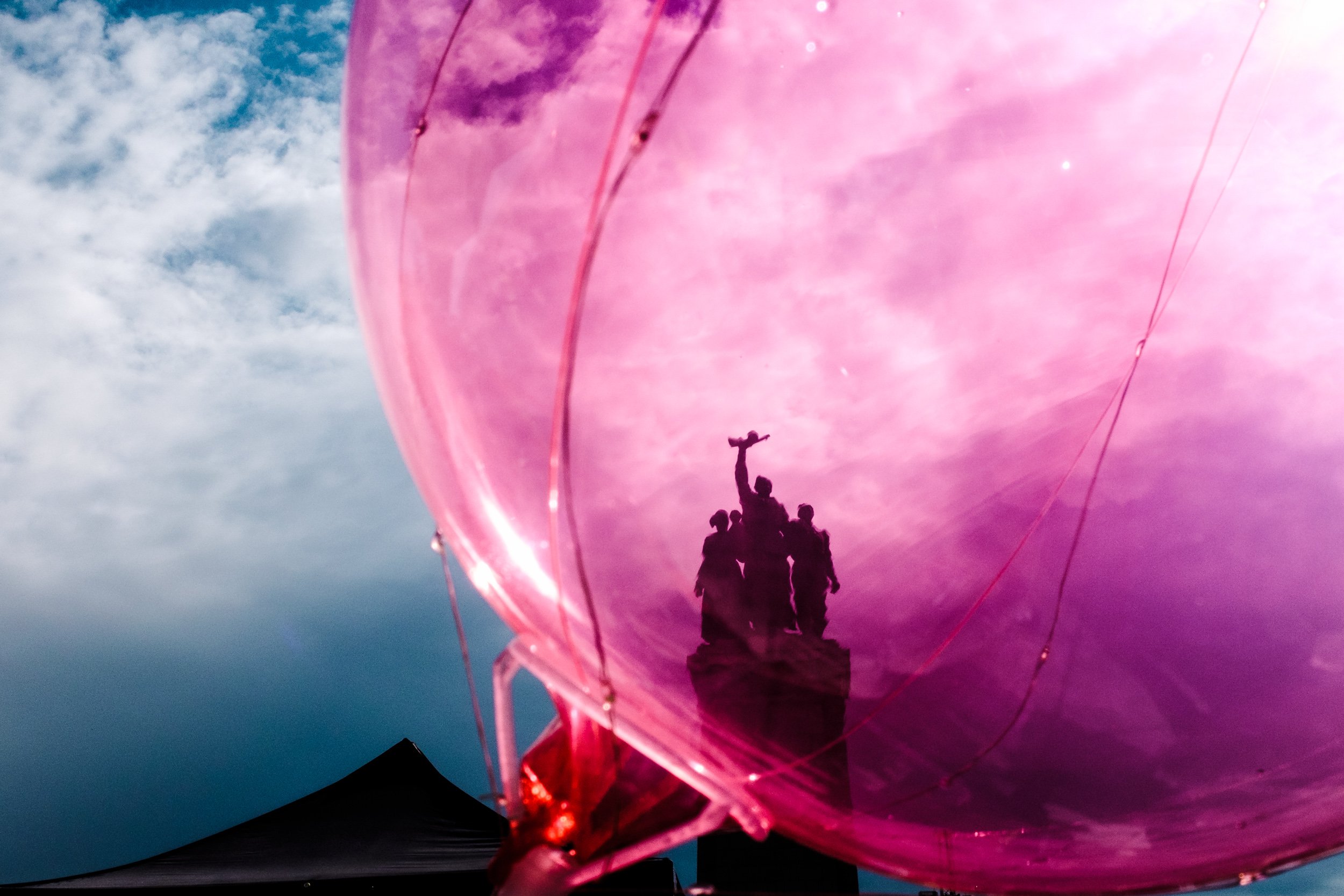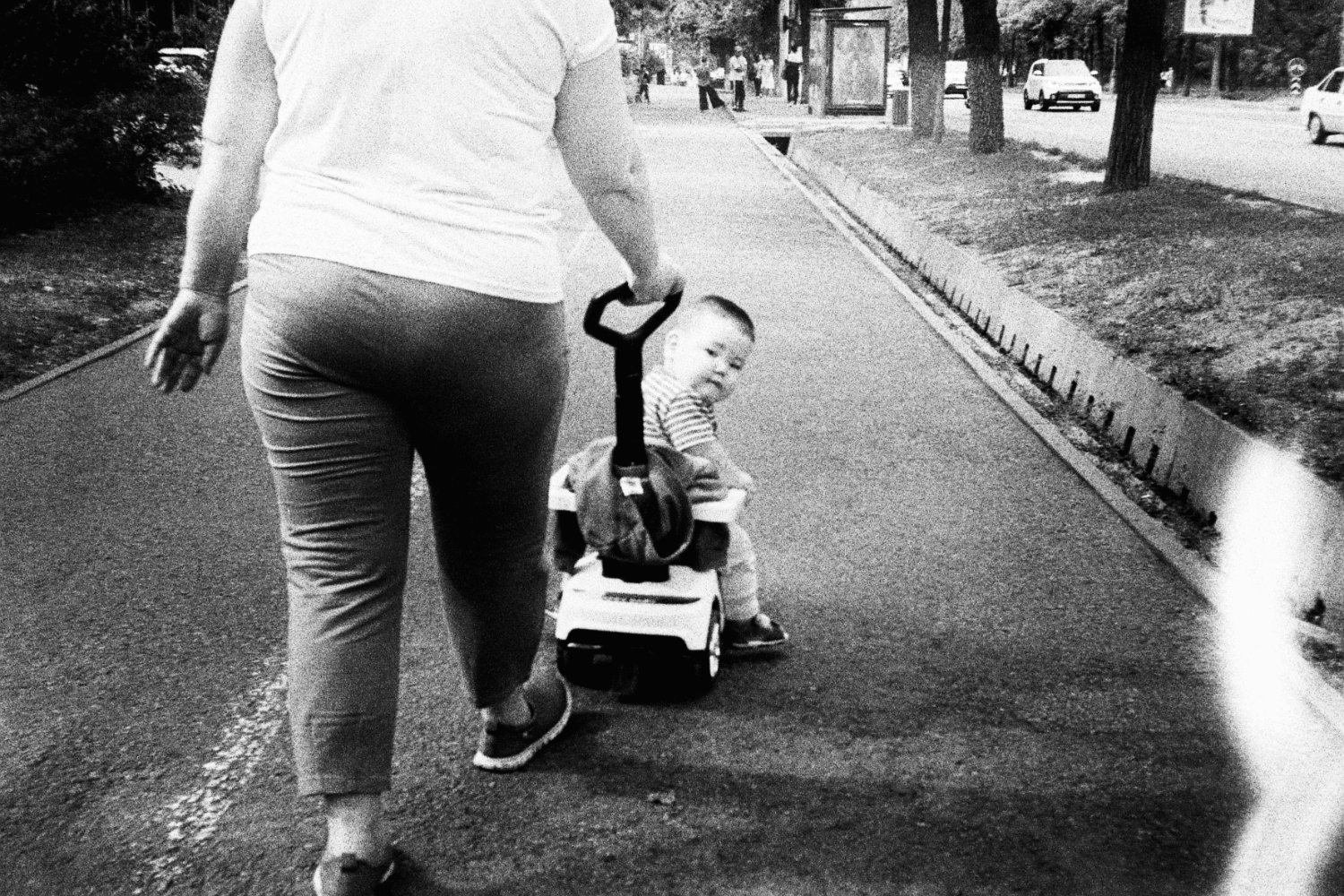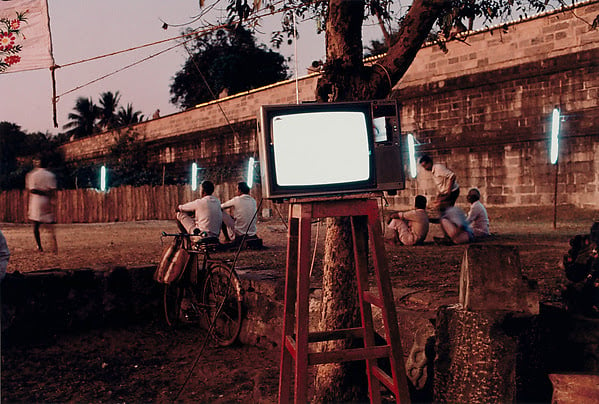"Photography is the only language that can be understood anywhere in the world" - Bruno Barbey
Bruno Barbey, born in Morocco, has dual nationality – French and Swiss. He studied photography and graphic arts at the École des Arts et Métiers in Vevey, Switzerland. From 1961 to 1964 he photographed the Italians, considering them as protagonists of a small ‘theatrical world’, with the aim of capturing the spirit of a nation.
Over five decades Bruno Barbey has worked in all five continents and covered wars and conflicts in Nigeria, Vietnam, the Middle East, Bangladesh, Cambodia, Northern Ireland, Iraq and Kuwait. His work has appeared in the world’s major magazines and he has published over 30 books.
He has received numerous awards for his work, including the French National Order of Merit. His photographs are exhibited worldwide, and feature in numerous museum collections.
Bruno Barbey died on November 9, 2020.
Information from Magnum's website.

